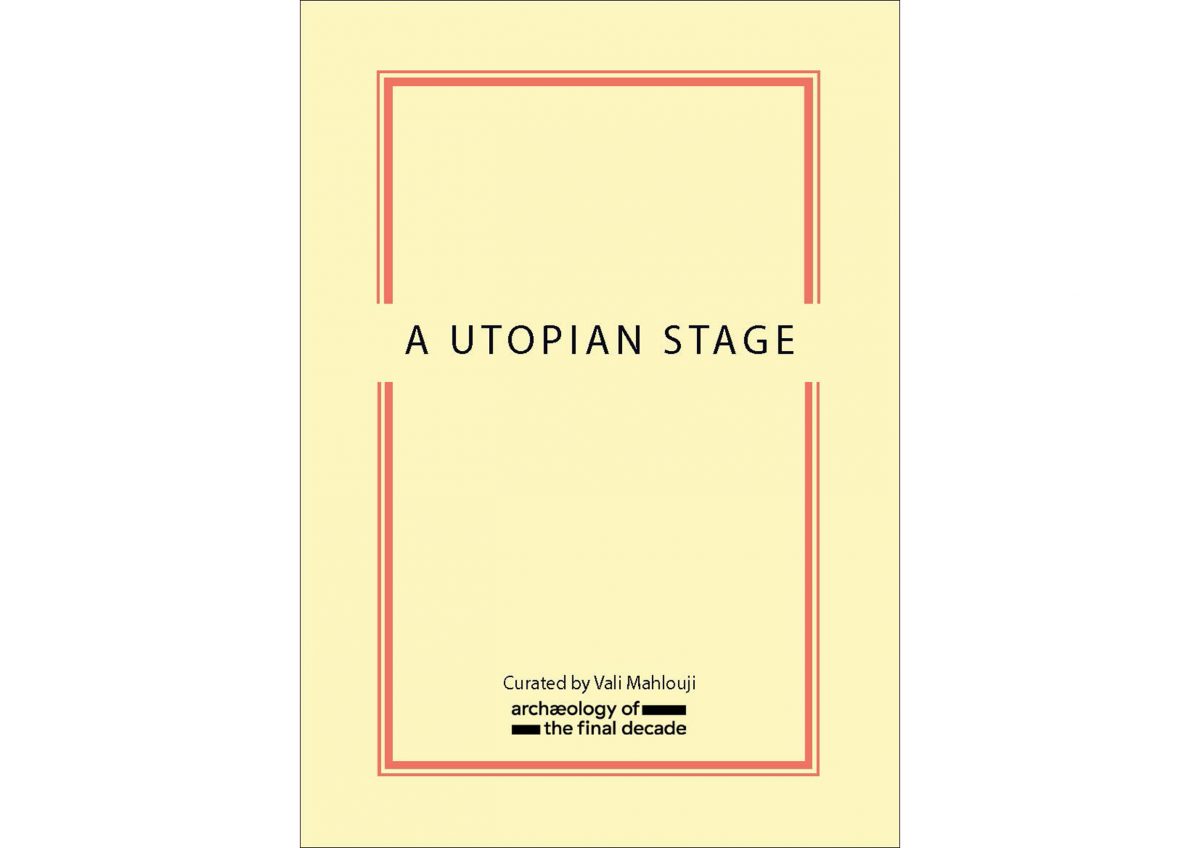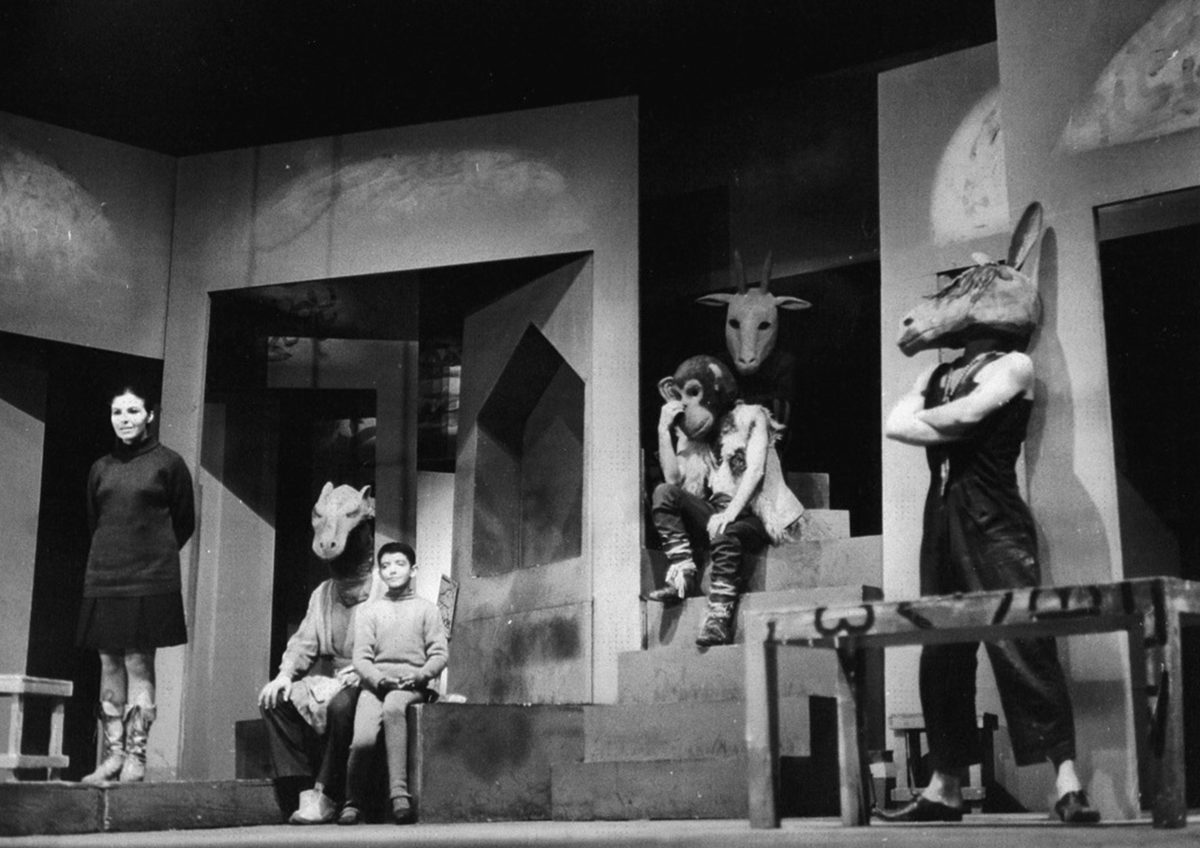Recreating the Citadel
The Recreating the Citadel research-artwork is an exposé of the erased history of Shahr-e No, the red light ghetto of Tehran, circa 1920-1980, in the context of the cultural revolution and Islamisation of post-revolutionary Iran is a timely exhibition focusing on the his/her story of resistance movements and alternative forms of living from a gendered perspective.
Kaveh Golestan and the Intimate Politics of the Marginal
This project was acquired by Tate and became the first room dedicated to an Iranian artist at Tate Modern (2017-18).
The project presents the iconic Prostitute series (1975-1977) from the prolific Iranian documentary photographer Kaveh Golestan, and his photographs from the Citadel of Shahr-e No, the red light ghetto of Tehran. Until their exhibition by AOTFD, the photographs remained unseen since 1978.
Using the Prostitute series as a point of departure, Recreating the Citadel focuses on multivalent intersections of art, society, law and religion during 1960-80s Iran. This research – in some sense a documentary of a documentary – articulates personal, socio-psychological and geo-historical trajectories regarding organised sex work in Tehran during that period, bringing together Golestan’s photographs with personal anecdotes, diary entries, newspaper clippings, film documentaries and audio interviews.

Revisiting the work of Kaveh Golestan highlights the uncomfortable relationship between the state and the Citadel of Shahr-e No. Here Golestan aims to rupture metropolitan complacency and to confront his audience with the darker face of their society. Much of his artistic ethos is directed towards shifting public opinion and motivating democratic civic action. Golestan and an active intellectual milieu in the 1960s and 1970s, especially on the Left, were driven by social conscientiousness and strove to expose and incorporate the marginal into the mainstream as an act of political motivation.

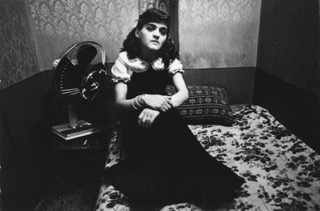
The process of creation involved several years of study and research, long visits to the site of the Citadel, the befriending of the residents. It took Golestan a year and a half to carefully compose the portraits. His meticulous observation and empathetic sensitivity to the individual subjectivities of the women of the Citadel has produced one of the strongest photographic studies of femaleness composed in Iran.
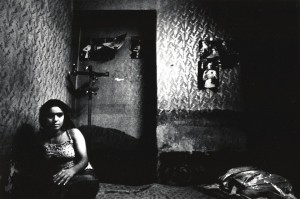
The Citadel was set on fire a few weeks before the victory of the revolution in 1979 (with an undisclosed number of residents trapped inside) and then demolished shortly after through an official decree. Some of the women were tragically charred to death during the blaze and several others were arrested and later faced the revolutionary firing squads in the summer of 1980. The erasure of the urban neighbourhood signified the initiation of a programme of cultural cleansing that transformed the Iranian landscape. At the core of this ‘cultural revolution’ was a redefining of sexual and gender urban mores. The revealing photographs captured by Golestan are the only photographic memory of these women and the urban space of the Citadel. The area was flattened and in an act of memory erasure converted into a park which stands today.
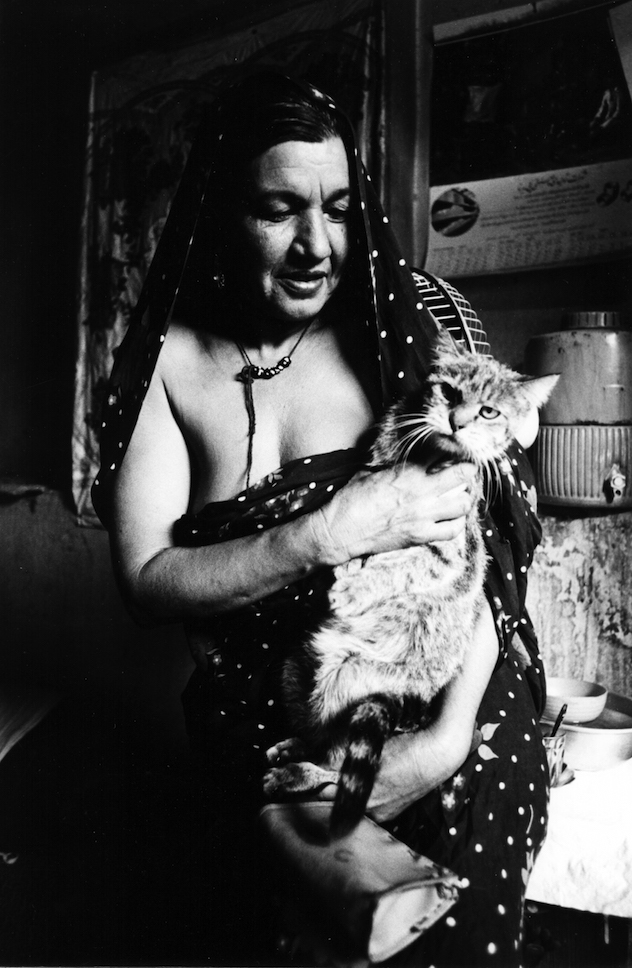
Acquisition by Tate Modern in 2017
In 2017, Tate Modern acquired 20 vintage prints from Golestan’s Prostitute series and AOTFD’s research for the museum’s permanent collection.


The acquisition marks a significant step in Tate’s efforts to expand collections representing histories and artists from the Asia and the Middle East, and marks the first time in the museum’s history that an entire room of the permanent collection has been dedicated to an Iranian artist for such a duration.
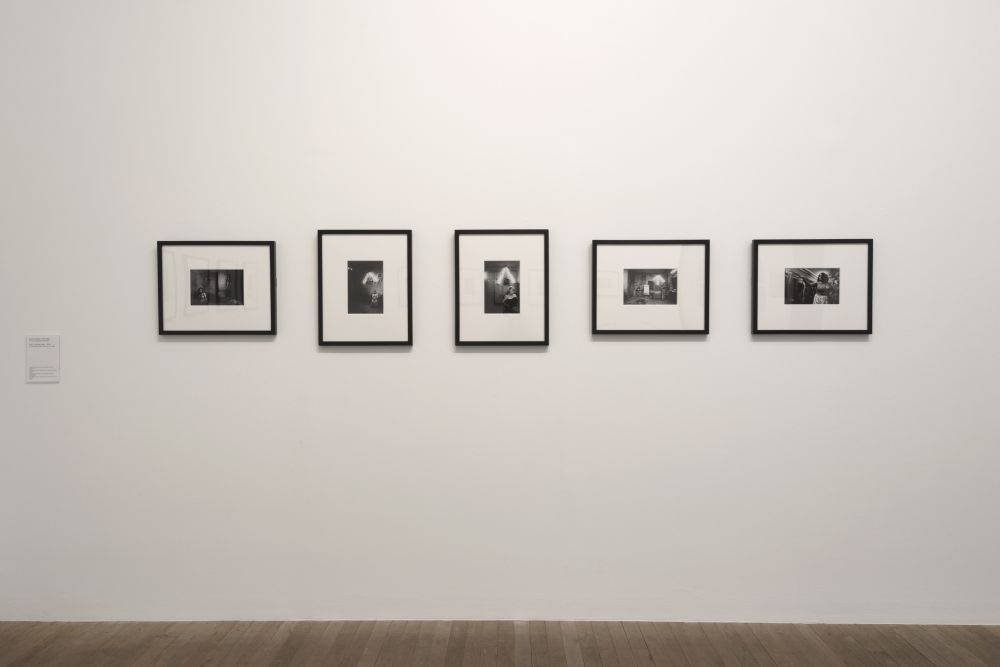
Exhibition History – Recreating the Citadel
Kaveh Golestan – Prostitute
Tate Modern (permanent collection), August 2017–July 2018
Prostitute (1975-77)
Photo London, Somerset House, London, 21–24 May 2015.
Unedited History (Iran 1960-2014) – Recreating Shahr-e No: The Intimate Politics of the Marginal
Musée d’Art Moderne de la Ville de Paris, 16 May – 24 August 2014; travelled to MAXXI Museo nazionale delle arti del XXI secolo, Rome, 10 December 2014 – 15 March 2015.
Kaveh Golestan: The Citadel
FOAM, Amsterdam, 21 March – 4 May 2014




